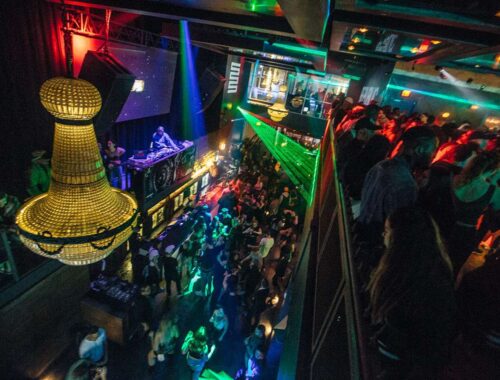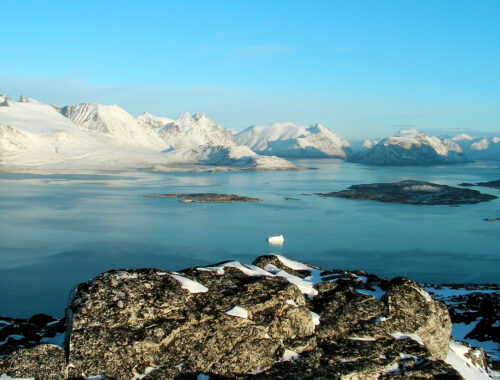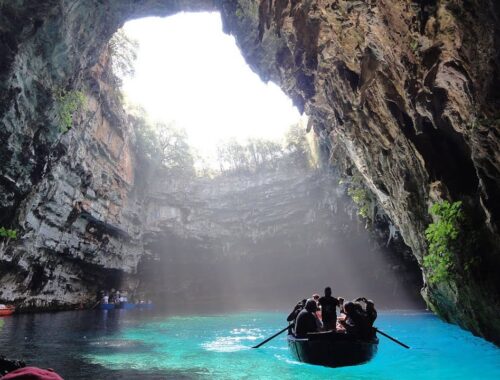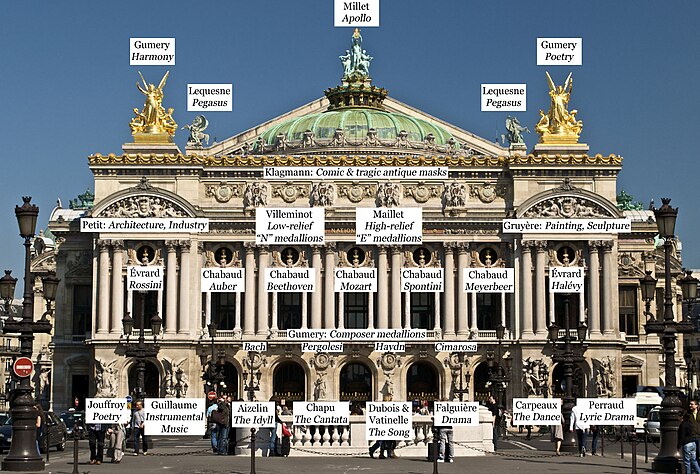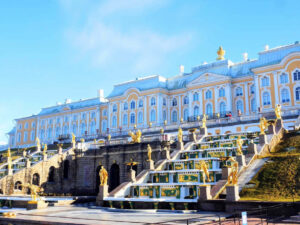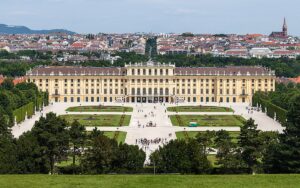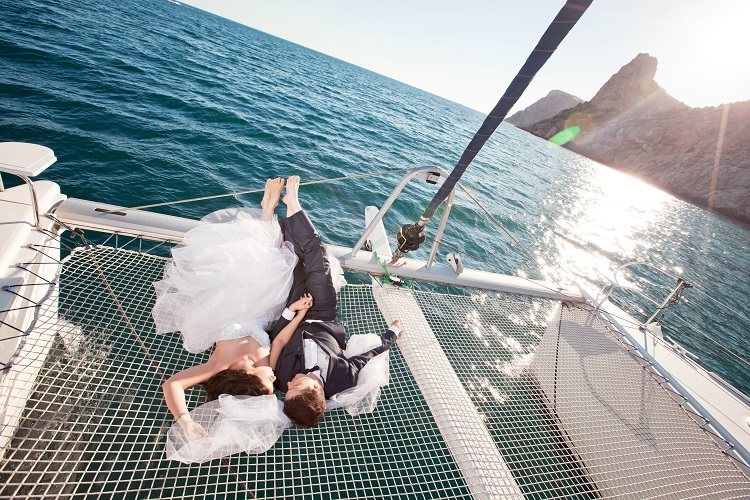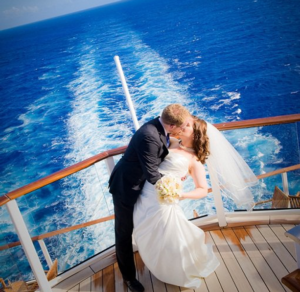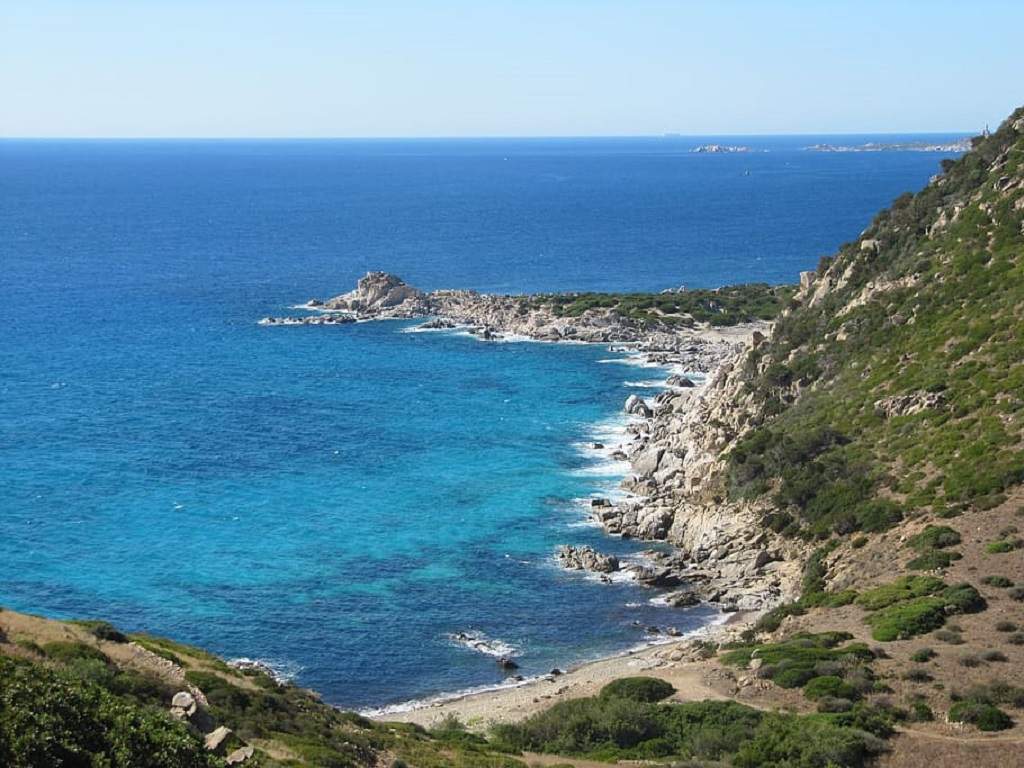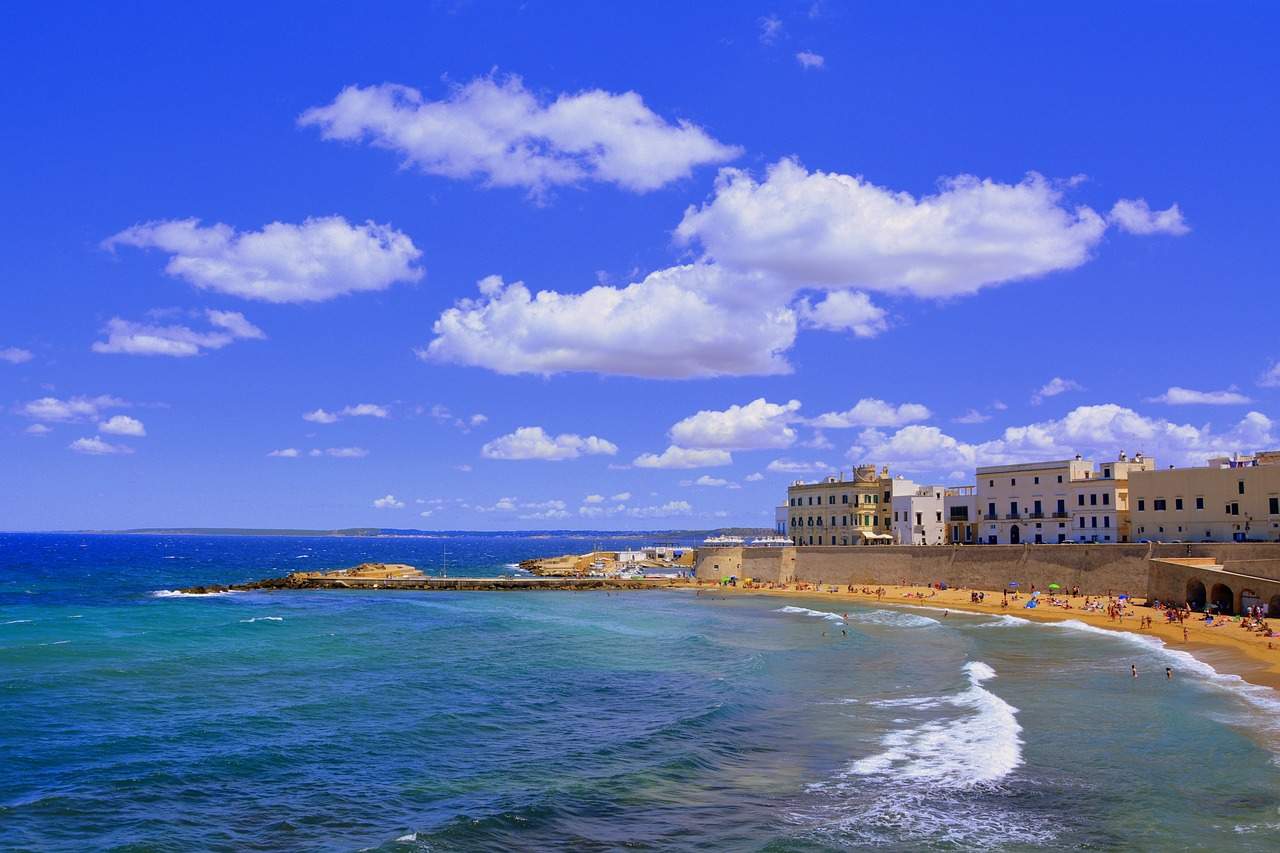Oh Boya, get ready for a steamy journey into the glamorous and tantalizing world of yacht weddings! Come on, folks – or love birds, to be more precise, ready to tie a sailor’s knot amidst the serenade of the surging ocean waves. This is a fun ride for those who want to explore the uncharted waters of marital bliss.
How about a cruise ship wedding?
First, let’s tackle the question the size of the ocean monster in our waves: what exactly is a cruise ship wedding? Imagine this: exchanging vows on the deck under a sunset of colorful confetti, the sound of the ocean as your honeymoon, your first dance with a million stars a bright shine! A cruise wedding doesn’t just promise a grand party; It’s an all-in-one destination, a welcoming, honeymoon, and vacation spot to boot! They’re all on the love boat!
Benefits of a cruise ship wedding
Now, we know what you’re thinking – why did you rock the boat and opt for a cruise ship wedding? Well, my sailing friend, this is the equivalent of putting down your fishing rod and collecting an entire school of benefits at the same time!
Imagine putting all the elements of a wedding day together in one giant shipping container, decorating every inch of your big day with that nautical magic. Not to mention, it’s a great way to ease her dreaded guest list (sorry, Aunt Bessie!). Plus, with a wedding planner on board, you can throw your worries overboard and experience the thrill of a beach wedding.
How to plan a budget cruise wedding
“But cruise ship weddings do cost twice as much as a full treasure chest,” you might cry. Don’t worry! We’re here to teach you how to easily sail without holes in your pocket sail.
Start by browsing the ships – they often offer a range of wedding packages, each with a luxurious treasure trove. And don’t be shy about negotiating or customizing to suit your ideal taste and wallet. Remember, the weight of the container means that the wallet is safe too!
Tips to save money on your cruise ship wedding
Like a crafty pirate looking for hidden treasure, here are some tips to keep your cruise ship wedding on the budget-constrained side of the wave:
- Consider Off-Peak Seasons: Prices generally drop when the weather is relatively cool. So why not add a wonderful winter wonderland to your seaside wedding?
- Splice the mainbrace: Alternatively, have the bar serve only a specific drink or set up a cash bar as well. It might bother a few mamas, but hey, they’ll look to the ocean for comfort!
- Think carefully: Small, intense weddings can be just as beautiful and throw a small net on your budget.
Life is the beach and then your wedding – so why not have a beach-cruise wedding!? By the time you’re done, you’ll be sailing through cruise ship weddings like a professional knight, aboard your dream boat, the S.S. Let’s raise that love sail as we prepare to board the Happily Ever After boat , shall we?
Everyone on the love boat: crafting your own cruise ship wedding
Oh, love the birds! Are you ready to chart your way to promising wedding destinations with exceptionally elegant diligence? Lower your anchor from the traditional dock, don your sailor hat and set sail for sun-drenched cruise weddings!
Choosing the right shipping route and itinerary
Seasick about choosing the right cruise? Don’t be afraid! Here is some advice floating on the waves.
Consider your budget
First, you need to figure out how much you are willing to sell. Are you all about maximizing your big day, or are you looking for a budget-friendly cruise with just as much fun? Remember, an amazing sunset wedding can fill your heart, not empty your wallet.
Consider the guest list
Next is deciding who to invite on this beautiful cruise. Will it be a grand sailor’s bash with everyone you know, or just a circle close to your heart? Either way, make sure they’re down to jump on this magical adventure.
Choose a cruise line and itinerary that offers variety and a flexible budget
Finally, choose a cruise that offers both romantic waves and shopping waves. Look for those hidden wedding bags that bring everything together nicely without unscrewing your purse strings.
Booking your wedding package
Okay Captain, time to actually book this cruise vacation!
Compare wedding accessories
Not all wedding cruise offerings are the same. Some shine with seabird sentiment or string four, while others keep their eyes open with captain leadership. Weigh the anchors and choose the best float for your boat.
Ask about discounts and group pricing
Don’t be shy about hitting the “D” word—discount! Cruise lines often offer discounts or group rates. And I have heard, there is no better way to treat your kith and your relatives than to fall aboard this romantic cruise with the bill a little less in their wallets.
Be sure to read the fine print before writing
Be wise, lovebirds. Between the hypnotic colors of the sea, don’t forget to dive deeper into the beautiful prints. You don’t want any hidden spiders eating your perfect plan.
Ready to set sail? Then raise your glass, toast to the sunset, and like our sea master, Captain Lovebeard always says, “Let love pave the way, let the sea be your witness, and let the journey be as lovely as the destination.” no! Hop on, your. cruise ship wedding awaits!”
Say a brief goodbye: Plan your cruise ship wedding
Are you ready, my beach loving friends? Grab your sun hat, put on your sunscreen, and put on your shades as we take a romantic journey to light up your heart compass. We’re talking about weddings, but just not anyway – we’ll be cruising for a wedding on a cruise ship!
Planning your wedding ceremony
Imagine saying “I do” in the middle of the blue expanse of the ocean. Here’s how it’s possible!
Selection of onboard ceremony location
Cruise ships today are essentially floating palaces, with options ranging from backdrops to sun ceremonies. Guide them to a place that reflects your love story.
Deciding what type of ceremony you want
traditional? The unconventional? Tying a knot? (pun intended). The anchor of your ceremony depends on the style.
Gathering necessary legal documents
Navigating a sea of papers isn’t as fun as hitting the deck for a sunset cocktail, but ensuring legality is key. A birth certificate, a divorce record, or a passport – keep these important items handy.
The appointment of a wedding manager or director
Hire an experienced sailor! Having an officer or guide means you have a professional navigating these waters of love, leaving you to sip your cocktail!
Planning your wedding reception
Time to party like the star of the ship!
Selection of onboard reception area
From the sunroom with its sweeping views to the luxurious ballroom, choose a venue that matches the post-wedding fun!
Decide what kind of redemption you want
Would you tuck into a lavish casual dinner or venture out to the poolside laser-lit party? You’re welcome, your rules!
Menu and drink selection
Go local with fresh seafood or stick to comfort food? A fruity cocktail or flowing champagne? Fill up your favorite flavor!
Planning your entertainment and grooming
Live bands, DJs, or mermaids? Lamps, wooden structures, or mid-ocean shells? Set a vibe that makes your heart sing!
Other tips other than bankruptcy
Who said a cruise ship wedding had to be some kind of treasure chest? Use these tips to save some doubloons!
- Invite a few guest lists: Keep the celebration intimate. But ‘a few people’ means a disturbing ‘few feet of sea’!
- Don’t get married out of season: If the cruise ships are less bustling, a wedding calls for more of your spoils.
- Choose a shorter cruise: Choose a shorter trip. As they say, love doesn’t need time, it just needs the right waves!
- Have a destination wedding instead: If the cost of a cruise still makes you seasick, consider a destination wedding on the beach.
- Some tips on doing your own wedding: make your invitations, make your own centerpieces. Get your loved ones involved – lots of wines, lots of memories!
Who’s ready to hit the romantic buoys and get into their cruise ship wedding? Put on your sailor hat and say ‘Aye Aye, Captain Love’ and set those wedding plans as you sail endlessly. Adventure awaits!
Let your happiness return forever
So, do your toes hurt just thinking about a cruise ship wedding? The wind in your hair, the endless sea in the background, the sound of the waves slowly crashing against the side of the boat? Ah, pure joy!
Remember the journey we started today? We walked you around how to plan your itinerary by choosing the right cruise route and itinerary, then used our port of call to plan your picture-perfect wedding ceremony and reception. But most importantly, we’ve filled our treasure chest with budget-free tips to make your wedding as light as an ocean breeze in your wallet.
Now, allow me to dispel your concerns about financial seasickness. Keep your ceremony intimate, choose timeless entertainment and take advantage of short cruises. And hey, if the waves are too wild, there’s absolutely no shame in docking on a beautiful beach for a fancy destination wedding! But love is not where you say “I do,” but what you say to it!
So wave towards the ordinary and set your sailing style on the extraordinary. Open the doors to endless possibilities, where the sky is decorated with romantic colors and the waves of the ocean write your love story.
So, are you ready to set sail of love and embark on the romantic journey of a lifetime? Remember always smooth sailing on the wonderful romantic voyage!
Who’s ready to hit the romantic buoys and get into their cruise ship wedding? Grab your sailor hat, say ‘Aye, Captain Love,’ then make way for the next shine! A dream wedding awaits in the air!
Hello, fellow traveler!
Picture this. You’re cruising along a winding road, the sun gently warming your skin through the open windows, and a gentle breeze sprinkling the scent of the sea in the air – and then, suddenly, you see it. Costa Rei, a hidden gem nestled off the southeastern coast of Sardinia, sprawling before you like a perfect postcard picture.
Costa Rei, my dear friend, isn’t just another Italian coastline – oh no! It’s a generous slice of paradise wrapped up in shades of emerald and sapphire, edged with miles upon miles of pristine golden sands. If you’ve been in search of an undiscovered sanctuary away from the hustle-bustle where natural beauty casually coexists with rich culinary traditions, you’ve hit the jackpot.
Stepping into Costa Rei, you’ll immediately be engulfed by an old-world charm. The neat stone-built houses, the narrow, winding roads paved with a mosaic of cobblestones, and the inviting smiles of locals – it’s the kind of simplicity that instantly warms your heart. Don’t believe me? Just wait till Mama Rosa from the corner bakery greets you every morning with a fragrant loaf of pane sardo!
Now, don’t be fooled by its quaint cosmetics. Costa Rei is far from being idle, and the variety of experiences it offers is nothing short of impressive. From languid afternoons spent sunbathing on its beautiful beaches, Savoury seafood feasts so fresh you’ll wonder if the chef caught the fish himself, vibrant local festivals that have the whole town abuzz, to peaceful hikes revealing breathtaking panoramas – it’s a symphony of delightful surprises!
As we embark on this journey together, my commitment to you is this – to let you in on all of Costa Rei’s secrets, unearth its mysteries, and piece together an escape so enchanting, it will make a temporary dweller out of the most restless wanderers.
Prepare your suitcase, my friend, and let’s dive into the myriad of experiences that Costa Rei has in store for us! Continue Reading
Ah, Puglia! The heel of Italy’s boot-shaped land is a hidden treasure trove of stunning beaches. With its sun-kissed coastlines along the Adriatic and Ionian Seas, this slice of paradise captivates beach lovers and wanderers alike. Puglia’s shoreline is a delightful blend of rocky inlets, cream-colored sands, and turquoise waters that’ll make you fall in love at first sight. As a seasoned traveler myself, I can’t help but be drawn back to Puglia’s pristine shores time and time again.
Now, you might be wondering, what sets Puglia apart from the myriad of beach destinations around the world? Well, let me share some insider tips:
- Unspoiled Beauty: In Puglia, you’ll find authentic and uncommercialized beach experiences. Instead of crowded sands filled with sun loungers, you’ll discover secluded bays perfect for family outings, romantic escapes, or even solitary introspection.
- Rich History and Culture: Embedded in Puglia’s coastline are ancient towers and charming fishing villages – relics from once-thriving maritime empires. For those who enjoy a dose of history alongside their sunbathing, exploring these nooks and crannies can be a real treat.
- Culinary Delights: In Puglia, prepare to indulge in a simple, yet delicious cuisine, shaped by the region’s fertile lands and bountiful seas. Feast on orecchiette, the region’s signature pasta dish, or tantalize your taste buds with the freshest seafood, drizzled with locally-produced olive oil.
In the following articles, we’ll embark on an exhilarating journey together. We’ll uncover the best beaches in Puglia, share essential tips for making the most of your beach vacation, and reveal hidden gems waiting for travelers with an adventurous spirit.
So, pack your beach essentials and get ready to join me on this discovery of Puglia’s alluring wonders. With every wave’s gentle embrace, you’ll understand why Puglia’s beaches hold a special place in the hearts of all who’ve wandered its shores. Continue Reading

